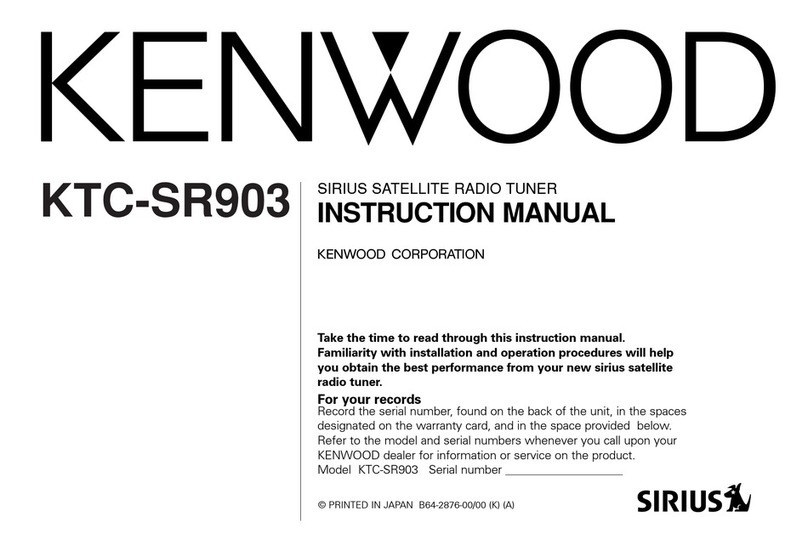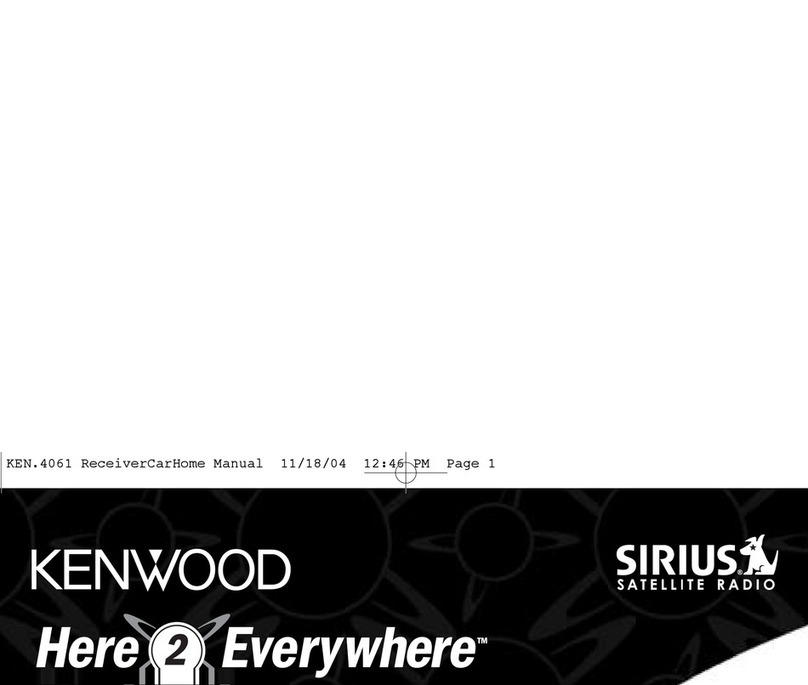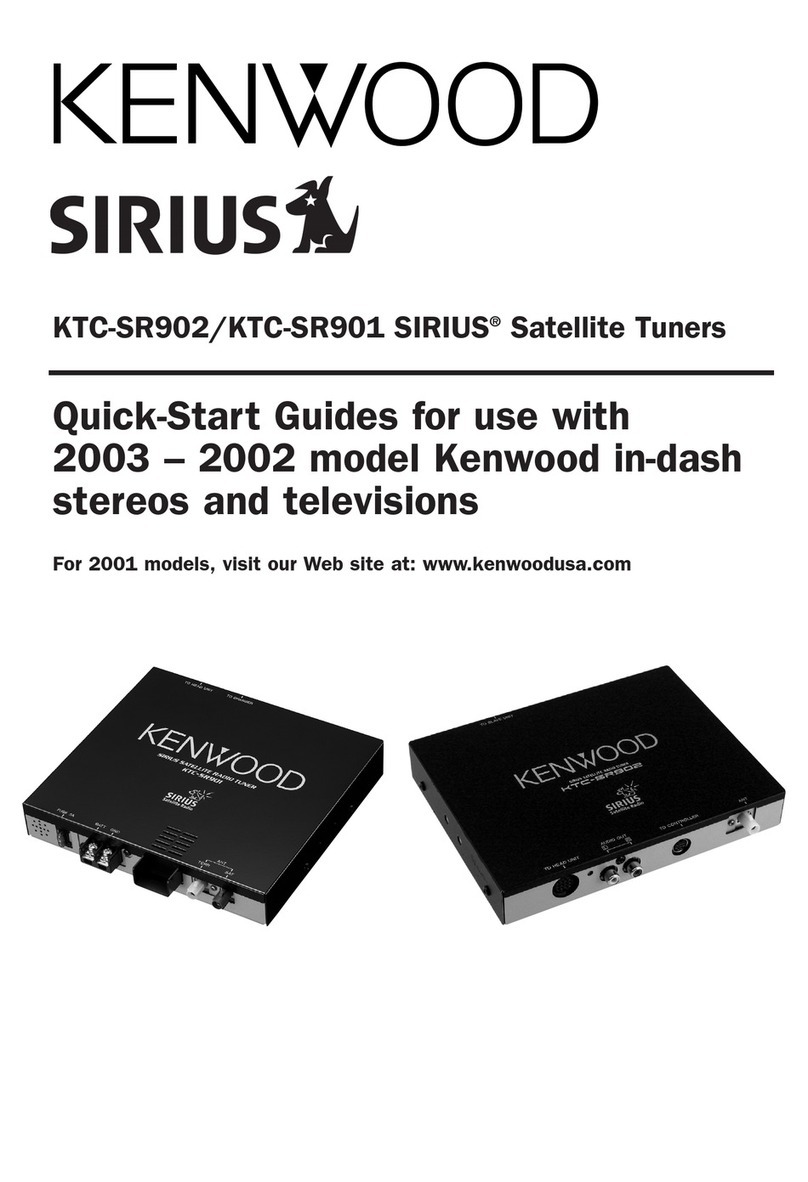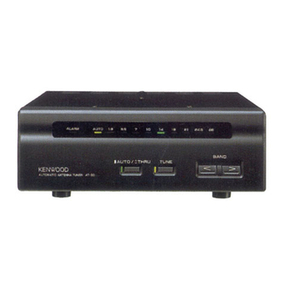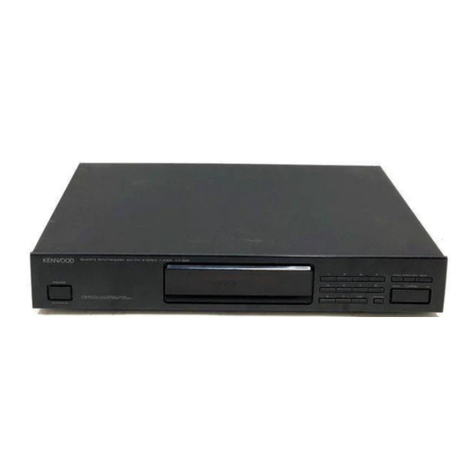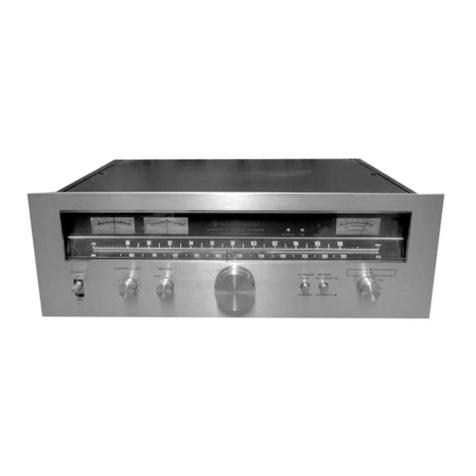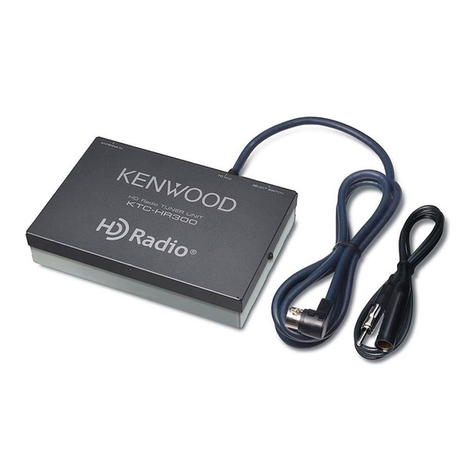
Specifications
KT-57
FM
Tuner
Section
Tuner
frequency
range
2.0.0...
ccc
ccc
ccccceseccescseececcsteccscssstseveresseceeceeeecs
87.5
MHz-
108
MHz
Antena
inpedancee...........occccc
cc
cccccccescecccscescesscesserstececectecteceeseesececeececccec.
300
ohms
balanced
75
ohms
unbalanced
Sensitivity
Usable
sensitivity
(IHF):
MONO
ooo
ccccccceeseeceesseecccccce.
0.95
nV
(10.8
dBf)
20
dB
quieting
sensitivity
(IHF)
DUE
NO
ges
cies
sacisegs
tacit
Gensccnicenss
shee
eye
thon.
tost
atau
dliecealec
team
seoet
dees
3.0
pV
(14.7
GBF)
ME
OS
5
oeen
52325220
dct
he
ssvsdeneatnnusntnesaasasuatiie
indeistis
etaien
ces
wee
49
pV
(39.0
GBP)
Total
harmonic
distorition
Mono:
(75
kHz
Dev.)
WO
Ne
sss
teases
cassettes
ete
ada
mets
Mena
wh
teca
hoes
0.30%
SO
AZ
~
10,000
HZ
ooo
cccccccscesccececceeuseuseaveseececeeeeseeseeeesece.
0.50%
Stereo:
(75
kHz
Dev.)
15.8
|
08
3b
SRR
SPN
eta
es
ee
ne
eee
ee
ee
0.30%
DO
HZ
~
10,000
Hz
oon
cccccsccacesecsesccascatesseetaceeeeceseeceseesseccc
0.70%
Signal-to-Noise
ratio
Mono:
(75
kHz
Dev.)
65
dBf
input...
ccccccccccccccecceceecececccecccee.
76
dB
BS
GBP
INDUC.
viscosities
77
dB
Stereo:(75
kHz
Dev.)
65
dBf
input
o.oo.
ccccccccccccccececccecceccececcccce.
72
dB
85
dBf
input
2.000
ccccscsssccescccneereesees
74
dB
COPE
UTO
FAE
IO
iscsi
apoio
tecs
cepa
Sisceajnqueiees
tacec
de
sccoewadeean:
1.2
dB
:
Alternate
channel
selectivity
kon
|
ge
oie
1
0
8
3d
9
|
Se
ene
eae
ee
a
a
ne
50
dB
Stereo
separation
PUL
6S
2g)
ob
eee
ee
ee
ee
oa
eo
eee
at
ee
ee
en
ee
eee
40
dB
5O
HZ
~
10,000
H2
oon
ccccesccsecccccsstescceceestaseeseeesseeeeesee
cc
35 dB
Frequency
response
SSOP
VS
000
WA
noisier
cele
astcntaciadiiakieitlatattd
ccecccumeniece
aciegite
+0.5
dB,
~2.0
dB
Image
rejection
ration
(98
MH2)
ooo...
ccccccccccccccecesscsseseccceceeseccceeee,
50
dB
IF
rejection
ration
(98
MHZ)
oo.
ccccccccccccccecscsccesesteeececeeeececcececec.
95
dB
Spurious
rejection
ration
(98
MHZ)...
ccccccccccceccccccceceecececeecececcee.
100
dB
AM
suppression
ratio...
cecccccceccscesesscsesssccecesseseveecesecececceseeccccccce.
95
dB
Sub-carrier
SUPpressSion
ratio
oo...
cece
ccccccececcecsceesecececeeeceeseseeeecececcee.
37
dB
Output
level/impedance
at
1,000
Hz,
100%
Deven.
ccccccccccccecceteccecceceeseveeeceeebeseeccce
ce
0.6
V/3.3
kohms
AM
Tuner
section
Tuning
frequency
ramge
o.oo...
cc
cccccccsceccscsctesseseceseceesecececeeeeseccecc.
5317
kKHz-
1,602
kHz
(9
kHz
step)
530
kHz-
1,610
kHz
(10
kHz
step)
Usable
Sensitivity
o.oo
cccccccccccececceccessecevectevecteceeeececeeeeseceecce.
14
pV
(400
nV/m)
Signale-to-Noise
ratio
(30
%
Mod:
1
MV
input)...
cccccccccccccecccsececeeceeeeseecoececcc
50
dB
—
Total
harmonic
distortion
oo.
cccccccccccecccceceececeececseceseceeeeecccccec.
0.5%
PMage
Ejection
ratio...
cc
cccscecscscssseseacsescssscscescessesestecececeeccecece.
40
dB
Selectivity
(VHF).........00.0.
oc
cccccccccecscsescsececeeseseveveveveceeseeesee
cesses
25
dB
Output
level/impedance
400
Hz,
At
400
Hz,
30%
Mode...
cccccccsceccsteccecsscsssesecesteseeseceeebeseeceescccecce
0.18V/3.3
kohms
GENERAL
|
Power
Consumption
0.00000
ccccccccscscssececcssessescseceeeseceeseseeebeseeeoesececcc
9W
EDITS
SHINS
5
iain
soins
bck
Heese
etd
taecscaran
ideas
ice,
biealmncitirae
ei
fesiesd
sche
os
W:
420
mm
(16-9/16")
H:
65
mm
(2-9/16")
D:
251
mm
(9-7/8")
WONG
(NOG)
isis
cadet
ore
atch
ua
nent
ieee
ecate
date
leet
ie
2.8
kg
(6.2
Ib)
Note:
We
follow
a
policy
of
continuous
advancements
in
development.
For
this
reason
specifications
may
be
changed
without
notice.
10
KT-571k)


